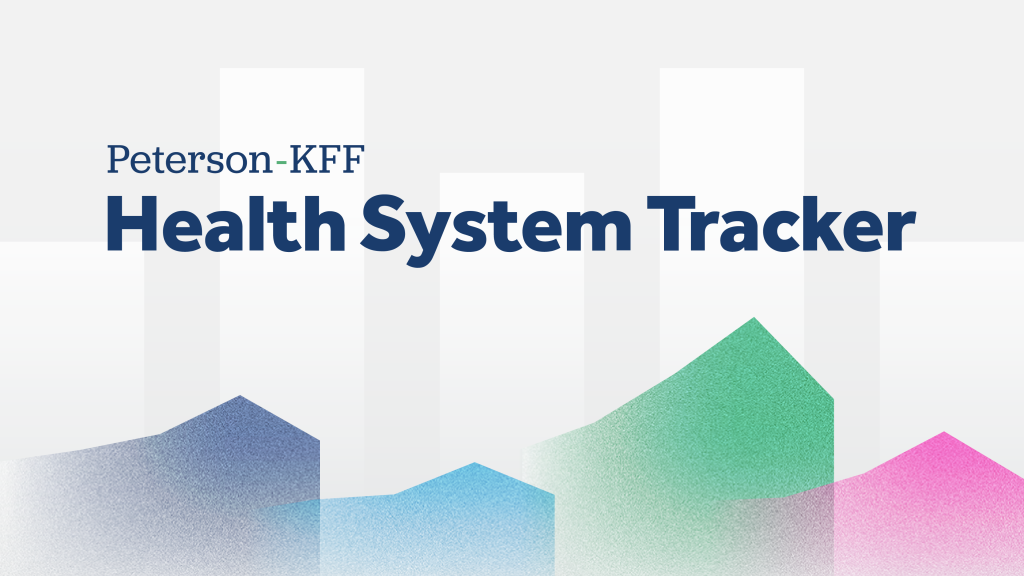How do mortality rates in the U.S. compare to other countries?
This slideshow compares mortality rates in the United States and other industrialized countries for seven major causes of death. The data show that U.S. mortality rates for circulatory diseases and cancer have fallen in the past 30 years, driving a decline in the nation's overall rate. However, mortality rates for leading causes of death other than cancer are higher in the United States than the average for comparable countries.
